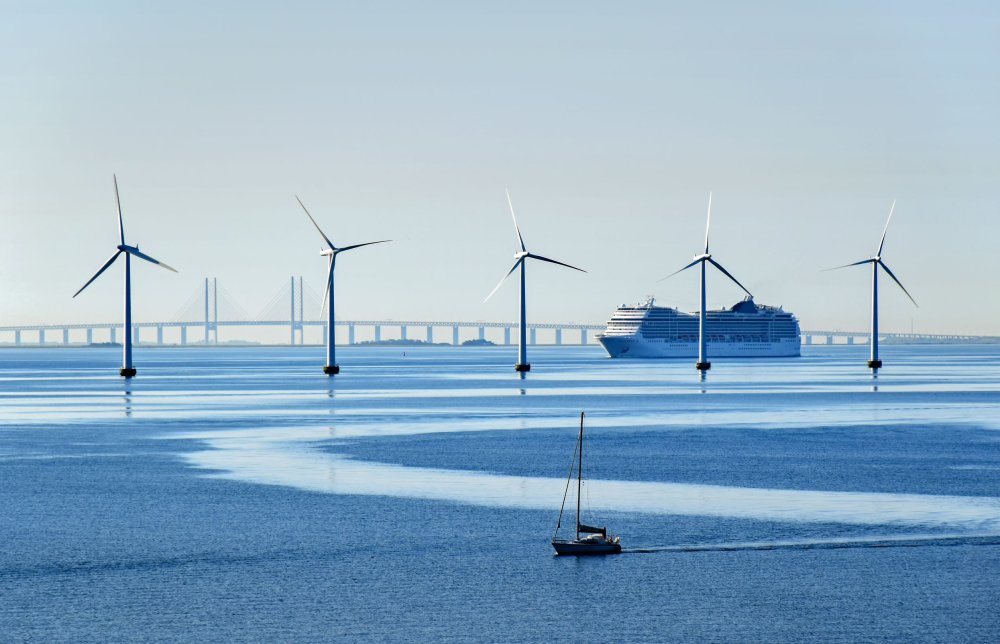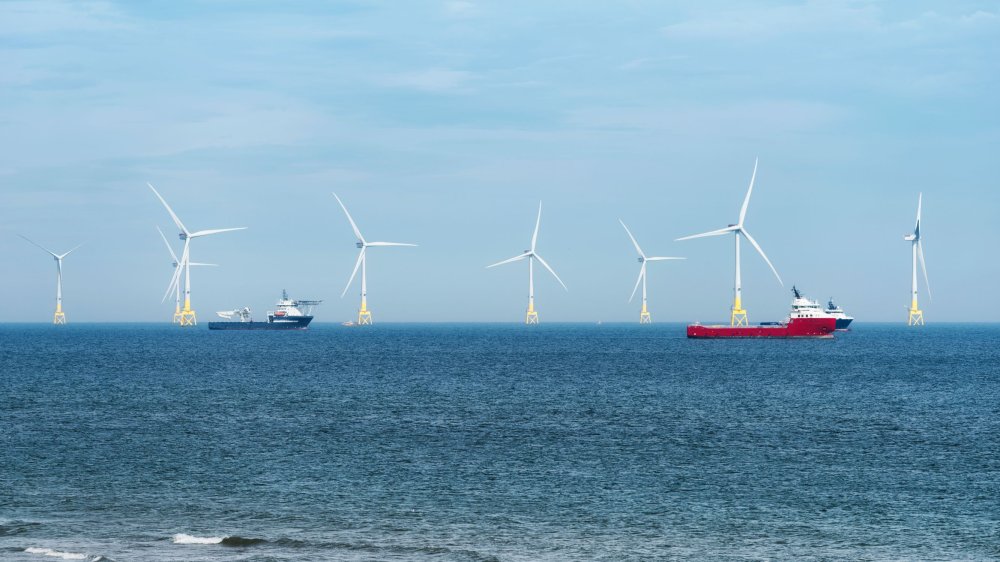PA Safe
News
Workshop on Offshore Energy and Safety of Maritime Traffic by PA Safe and PA Ship at the EUSBSR Annual Forum 2023
Text: Mirka-Laurila-Pant, Policy Area Ship Coordinator
PA Safe and PA Ship jointly hosted a successful workshop during the EUSBSR Annual Forum in Riga on October 4th, 2023, focusing on the crucial theme of "Offshore energy and safety of maritime traffic - adoption of interests".
The workshop attracted a diverse audience of 31 attendees, including the workshop's organizers (PA Safe and PA Ship PACs), a dedicated moderator, a distinguished keynote speaker, and a panel of three experts.
Our panel of experts delved into key aspects of offshore wind farms and maritime traffic safety, providing valuable insights and perspectives:
- Yvonne Koldenhof (NL) held a keynote speech, sharing Dutch experiences and real-world cases from the North Sea.
- Professor Henrik Ringbom (FI) discussed international regulations and the rights of maritime shipping, shedding light on essential aspects of safety.
- Ulf Siwe (SE) examined shipping route changes in the Bay of Bothnia due to shifting ice conditions, highlighting the challenges and adaptations required.
- Janis Locmelis (LV) provided valuable insights into the ELWIND case, showcasing experiences in windfarm planning and cooperation between Estonia and Latvia.
Please find the presentations from the workshop here.
The workshop fostered dynamic discussions with engaging questions and comments from both panelists and attendees, making it a productive and informative event.
Key Takeaways and Next Steps:
- Establishing Common Guidelines: It is imperative to develop common guidelines for environmental and functional impact assessments in the Baltic Sea, covering the entire sub-area. It is essential to adopt a holistic approach to ensure the sustainable development of wind farms and offshore energy installations. Rather than concentrating solely on individual permits, it is imperative to foresee the future development and the comprehensive impact resulting from these plans.
- Building on Best Practices: HELCOM VASAB & PA Spatial Planning recommendations on windfarm safety zones can be based on the safety zones used in the Netherland. The Baltic Sea recommendations may well be further implemented to EU regulations and IMO regulations, although it might take years.
- Collaboration is Key: To enhance collaborative efforts and promote a holistic planning process between existing and upcoming wind farm plans, it could be beneficial to establish a Baltic Sea wind farm group, similar to the one already existing in the North Sea.
- Tailored Recommendations: HELCOM, VASAB, and PA Spatial Planning are encouraged to further refine recommendations for winter navigation and offshore energy installations, seeking recognition at EU and IMO levels. It should be noted that when we talk about wind farms, the scale is different than the other offshore (energy) installations
- Harmonizing Legislation: Baltic Sea EU Member States should consider incorporating common guidelines into their national legislation.
- Addressing Ice Impact: It is clear, that in the Bay of Bothnia (as well as in Bothnian Sea and Gulf of Finland) ice will play a vital role on ships routing and windfarms should try avoid making longer routes for shipping, which would further produce more emissions.
This workshop offered valuable insights and set the stage for future collaboration in ensuring the harmonious coexistence of offshore energy projects and maritime safety in the Baltic Sea region.
Contacts to Policy Area Coordinators:
Ulf Siwe / PA Safe ulf.siwe(a)sjofartsverket.se
Emelie Tingström / PA Safe emelie.tingstrom(a)sjofartsverket.se
Seppo Mäkinen / PA Safe seppo.makinen(a)traficom.fi
Mirka Laurila-Pant / PA Ship mirka.laurila-pant(a)traficom.fi




